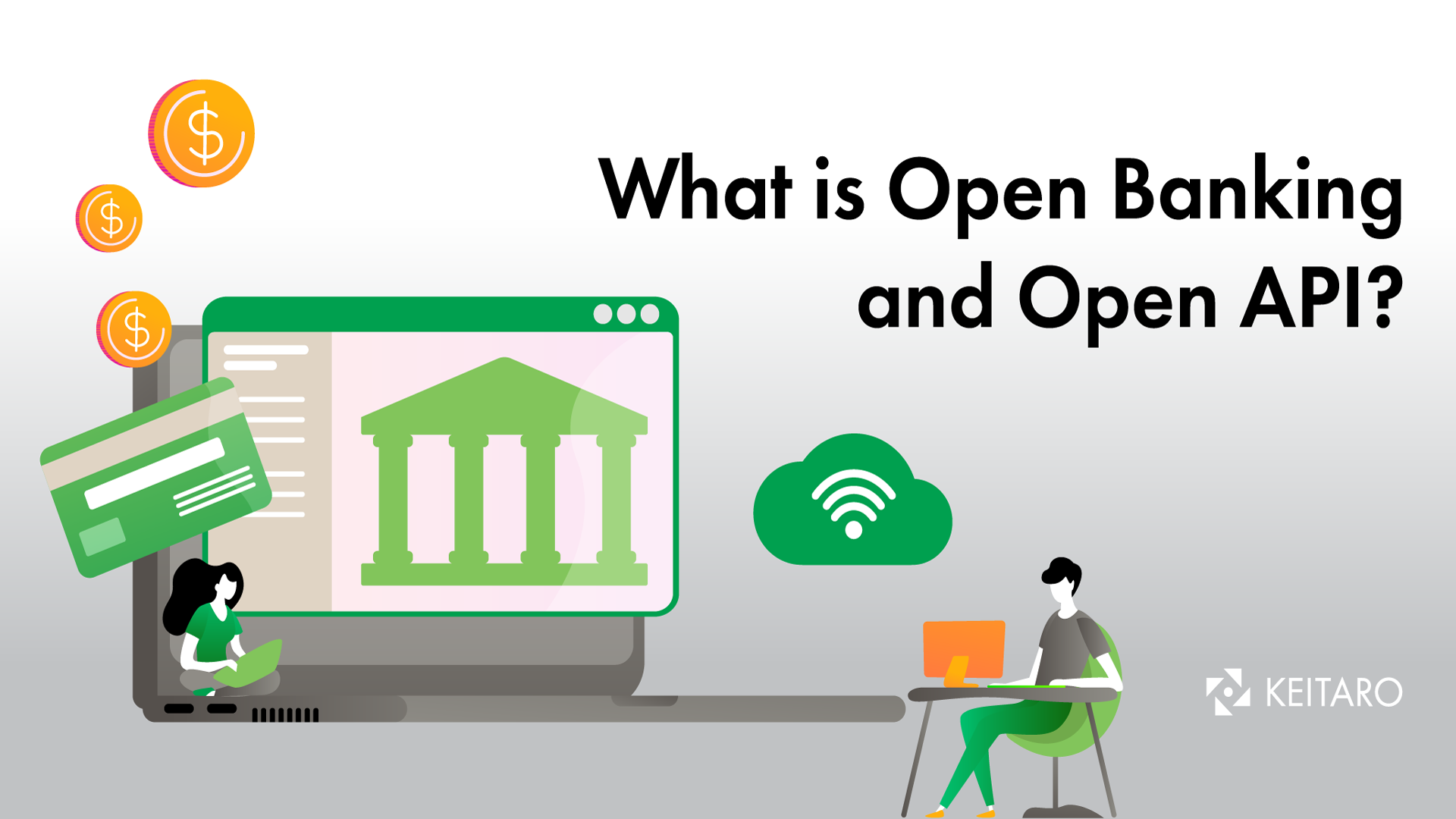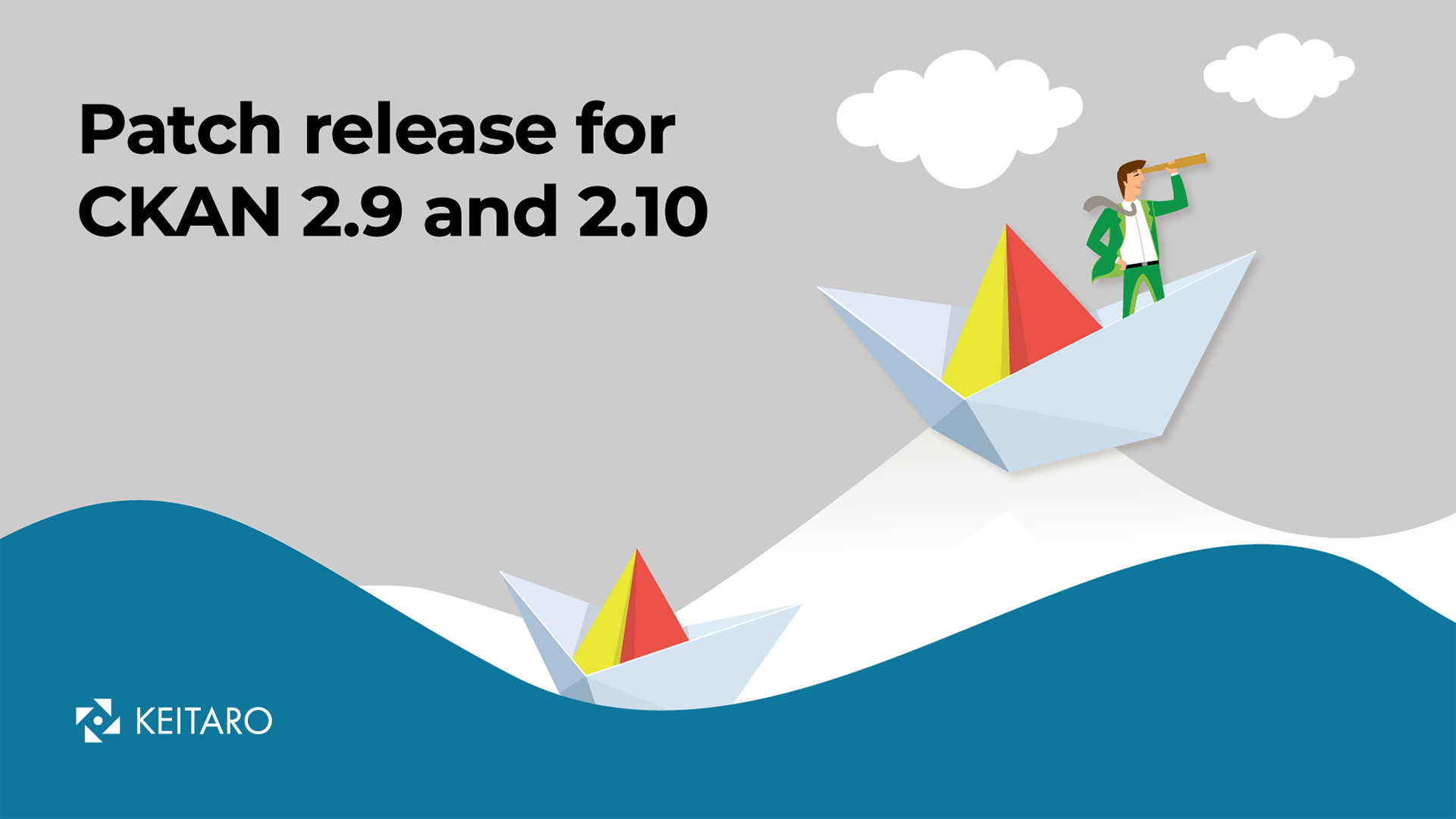Introduction
Open banking and Open API are two of the most important trends in the financial industry today. They are transforming how financial institutions and fintech companies interact with customers and are becoming increasingly important in the digital age.
In this article, we will take a look at what open banking and Open API are, how they work, and impact the financial industry.
We will also explore some of the benefits and challenges of these technologies and provide examples of how they can be used in practice. Whether you are a financial institution, a fintech company, or a developer, this article will provide valuable insights into how open banking and Open API can be used to create more secure and personalized services.
Let’s start!
What is Open Banking and Open API?
Open banking is a financial service that allows customers to share their banking data with third-party providers, such as fintech companies and other financial institutions, to enable them to access new financial products and services.
This can include services like online payments, account aggregation, and budgeting tools.
Open API, on the other hand, is a set of protocols, standards, and tools for building and consuming web-based APIs. An Open API (application programming interface) is publicly available, providing developers with programmatic access to a proprietary software application or web-based systems.
When combined, Open banking and Open API can be powerful tools for financial institutions, fintech companies, and other financial service providers. With these technologies, financial institutions can provide customers with a wide range of services and products while increasing their customers’ financial data security and privacy.
Benefits and Advantages
One of the main benefits of open banking is the ability for third-party providers to initiate payments on behalf of customers. This can be done using APIs, which allow the third-party provider to access the customers financial data and initiate payment.
When combined with Open API, open banking can provide a seamless and secure way for third-party providers to access customers financial data and initiate payments. This can be done by providing access to the bank’s API, which can be used to access customer data.
One of the main advantages of open banking and Open API is the ability to provide customers with a more personalized and convenient experience.
With these technologies, customers can access a wide range of services and products, such as online payments, account aggregations, and budgeting tools.
Security
You are probably wondering, this is all great, but is it secure to use these APIs?
To implement open banking and Open API, financial institutions need to have a robust and secure infrastructure in place. This includes implementing security measures such as encryption, authentication, and access controls. They must also ensure that their APIs are designed and developed according to industry standards and best practices.
In addition to the technical infrastructure, financial institutions must have a clear and transparent policy for using their APIs. This includes providing clear guidelines for third-party providers on how to access and use the APIs as well as outlining the terms and conditions of use.
Open banking and Open API also can potentially increase customer data’s security and privacy. Financial institutions can ensure that customer data is protected and only used for authorized purposes by providing third-party providers with access to financial data through APIs.
Integration Example of Stripe with Java Spring Boot
Third-party providers, for example, today are Stripe, PayPal, and other similar providers.
Here is an example of how to integrate Stripe with Java Spring application:
First, you will need to have open account in stripe website, once you are logged in to your account go to the developers section where you will be provided with a test key to implement and configure your application.
Next, you will need to add the Stripe Java library as a dependency in your project. You can do this by adding the following line to your pom.xml or build.gradle file:
build.gradle:
implement group: 'com.stripe', name: 'stripe-java', version: '22.5.1'
pom.xml:
<dependency>
<groupId>com.stripe</groupId>
<artifactId>stripe-java</artifactId>
<version>22.5.1</version>
</dependency>
Then, in your application.properties or application.yml file, add the following:
stripe.api.key=sk_test_your_api_key_here
stripe.api.secret=pk_test_your_api_key_here
You must replace the values with your sk_test and pk_test keys provided in your stripe account.
After that you can create a service class to handle Stripe operations, such as creating a charge:
@Service
public class StripeService {
@Value("${stripe.api.key}")
private String stripeApiKey;
public Charge createCharge(String token, double amount) throws StripeException {
Stripe.apiKey = stripeApiKey;
Map<String, Object> chargeParams = new HashMap<>();
chargeParams.put("amount", (int) (amount * 100));
chargeParams.put("currency", "USD");
chargeParams.put("source", token);
return Charge.create(chargeParams);
}
}
In this example, the createCharge method takes in a Stripe token and amount, which creates a charge using Java library; the Stripe API key is injected into the class using the @Value annotation.
You can then use this service class in your controller class to handle Stripe payments:
@RestController
@RequestMapping("/api/v1/stripe")
public class StripeController {
@Autowired
private StripeService stripeService;
@PostMapping("/charge")
public Charge createCharge(@RequestParam String token,
@RequestParam double amount) throws StripeException {
return stripeService.createCharge(token, amount);
}
}
In this example, the createCharge method in the controller class takes in a Stripe token and amount and calls the createCharge method in the service class to create a charge.
You will also need to handle the exception of stripeException in your controller or service class or in a global exception handler.
Note that the above code is a simplified example for demonstration purposes, and you should add additional security measures, such as input validation, in your production implementation.
The official documentation for Stripe can be found at the following link:
The documentation provides detailed information on Stripes features and APIs, including how to accept payments, handle subscriptions, and manage customers. It also includes step-by-step guides, code examples, and reference documentation for various programming languages.
Conclusion
Open banking and Open API are revolutionizing the financial industry by allowing for more secure, convenient, and personalized financial services for customers. These technologies require a robust infrastructure and clear policies for implementation but are worth the investment for financial institutions looking to stay competitive in the digital age.
Developers and fintech companies can leverage these technologies to create innovative solutions for the end-users.



